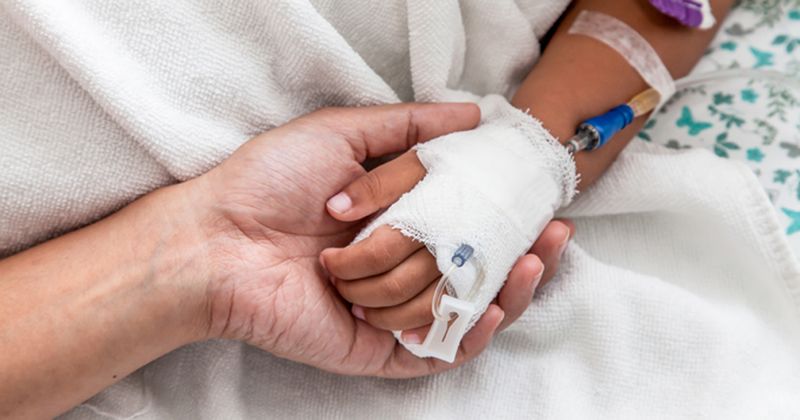Parents of children with cancer at higher risk for suicide attempt
Key takeaways:
- Variables like the child’s age at diagnosis or the prognosis further increase suicide risk in parents.
- The findings suggest the need for awareness for psychological distress among parents of children with cancer.
Parents of children with cancer are at increased risk for suicide attempt within the first 7 years following their child’s diagnosis, according to a population comparison study published in PLOS Medicine.
“Parents of children with cancer may experience physical, mental and financial challenges,” Qianwei Liu, of Southern Medical University in Guangzhou, China, and the Institute of Environmental Medicine at Karolinska Institutet in Stockholm, Sweden, and colleagues wrote. “However, although psychological distress and psychiatric disorders are known to increase the risk for suicidal behavior, only a few studies have so far assessed the association of a child cancer diagnosis with parental risk of suicidal behavior.”

Image: Adobe Stock
Liu and colleagues conducted a binational population-based, sibling-controlled cohort study that included 106,005 parents with a child diagnosed with cancer in Denmark between 1978 and 2016 and in Sweden from 1973 to 2014, as well as 1,060,050 parents who did not have a child with cancer. The cohort had a median age of 56 and was 46.9% male.
Data about suicide attempts and deaths by suicide were collected from the Patient Register and Swedish Causes of Death Register in Sweden and the Patient Register, Psychiatric Central Register and Danish Causes of Death Register in Denmark.
The researchers calculated hazard ratios by calculating incident rates for suicide attempt and death by suicide and then adjusting for sex, age, country of residence, calendar year and marital status, as well as other demographic variables.
During a median follow up of 7.3 years among parents who had a child diagnosed with cancer, there were 613 (incidence rate 58.8 per 100,000 person-years) first onset suicide attempts, compared with 5,888 (IR 57.1 per 100,000 person-years) among parents who did not have a child with cancer (median follow-up 7.2 years).
There was a higher risk for suicide attempt among parents during the first 7 years after a child was diagnosed with cancer (HR = 1.15; 95% CI, 1.03-1.28). The risk was higher with certain variables like the child being aged younger than 18 years at diagnosis (HR = 1.25; 95% CI, 1.08-1.46), being diagnosed with highly aggressive cancer (HR = 1.6; 95% CI, 1.05-2.43) or dying due to cancer (HR = 1.63; 95% CI, 1.29-2.06). After the first 7 years following a diagnosis, the risk for suicide attempt decreased (HR = 0.86; 95% CI 0.75-0.98).
There were 108 (IR = 10.3 per 100,000 person-years) deaths by suicide among parents of children with cancer, compared with 1,317 (IR = 12.7 per 100,000 person-years) among unexposed parents. The researchers did not identify a difference in risk for death by suicide between exposed and unexposed parents at any time after the child’s diagnosis.
The researchers also included 64,446 unexposed siblings of parents with children with cancer to uncover possible familial risks, but the sibling comparison yielded the same results as the population comparison.
“Our findings suggest the need for extended clinical awareness for the risk of suicide attempt among parents of children with cancer, primarily during the first years after cancer diagnosis,” Liu and colleagues wrote. “Vigilance and interventions for severe psychological distress and psychiatric symptoms might be important and effective.”
